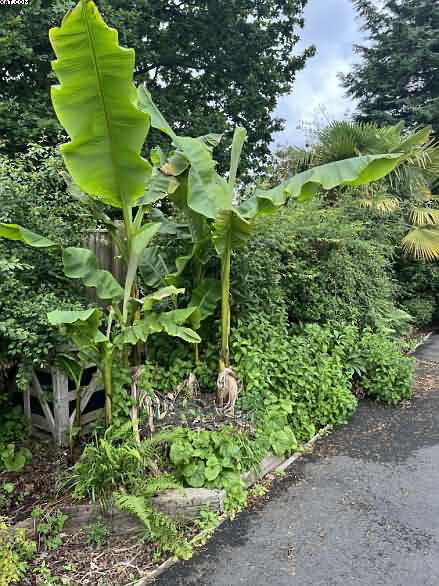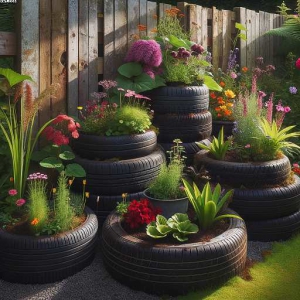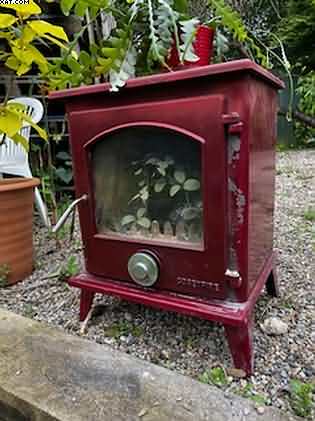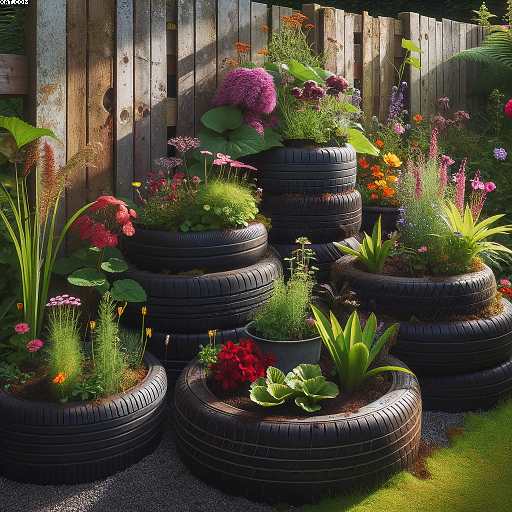Bananas in West Yorkshire
Table of contents
Bananas in West Yorkshire

Bananas in West Yorkshire
UK Banana Tree Growing
Introducing Tropical Treats to West Yorkshire Gardens
You’re not alone if you’ve ever dreamed of relaxing in your West Yorkshire garden. Surrounded by lush tropical vegetation. Of course, while drinking a cocktail topped with bananas, bought from the local shop, you tried to grow yourself. Although they may seem like an exotic dream for our temperate environment, banana plants can be grown successfully in the UK with the proper variety and a little bit of know-how.
Unfortunately, we do not have a long enough growing period here in West Yorkshire before the first frost comes along and cuts them down.Of course, they look very sad with their blackened leaves sagging to the garden floor.
Selecting the Appropriate Type-Bananas in West Yorkshire
It’s important to select a banana cultivar that can withstand the British weather before you start planting. Seek out hardy varieties like as ‘Musa basjoo‘ or ‘Musa sikkimensis,’ as they may withstand our milder winters with appropriate safeguarding. In the UK, these types won’t usually bear edible fruit outside, but their tropical leaves will still give your garden a visually arresting, exotic atmosphere.Naturally, this is all the gardeners in the north of England can hope for.
Starting Out: Site Selection and Planting
Banana trees do best in warm, protected areas that receive lots of sunlight. In your garden, pick a sunny place that faces south so they may enjoy the sun’s rays all day long. They also require soil rich in organic content and well-drained, nutritious soil. If you have a lot of clay in your soil, you might want to try adding grit and compost to improve drainage and fertility.
Make sure the planting hole is bigger than the banana plant’s root ball. Make sure the soil’s surface is level with the top of the root ball. Cover the base with mulch to help keep moisture in and keep weeds at bay.

How to Maintain Your Banana Tree-Bananas in West Yorkshire
Watering: Regular watering is necessary for bananas, especially in dry seasons. Make sure the soil is constantly damp but not soggy.
Feeding: To encourage healthy growth, fertilise your banana tree on a regular basis during the growing season with a balanced fertiliser.I prefer to mulch them well with some old-fashioned, well-rotted horse manure.
Protection: To keep your banana tree safe from frost during the winter, if the banana is a pot plant, cover it with horticultural fleece or temporarily relocate it inside a greenhouse or conservatory. When grown outside, the plant’s crown should be well covered with a thick layer of dead leaves or horse manure; even straw would be ideal.
Pruning: To keep your banana tree looking neat and healthy, remove any dead or damaged leaves on a regular basis.
Mirfield, West Yorkshire
Where creativity and gardening skills are deeply ingrained, cultivating banana trees lends a whimsical beauty to our surroundings. Just think of the talk-starter your banana tree may be—a unique twist for our northern environment and a tribute to your horticultural prowess.
In a long summer, we should see a large red flower developing. Followed by a bunch of tiny bananas. However, our season is never long enough for the bananas to develop and ripen fully.
In summary
Although cultivating banana trees in the UK involves some work and consideration for our particular weather, the benefits are substantial. Bananas may offer a flavour of the exotic to Mirfield, whether your goal is to create a lush tropical paradise in your garden or you just appreciate the challenge of cultivating something unexpected.
Accept the challenge of gardening, give your banana tree proper care, and who knows? Your next garden party might just have a distinctively Bananas in West Yorkshire touch of the tropics. Cheers to growing bananas and dreams in this colourful part of the Earth!



